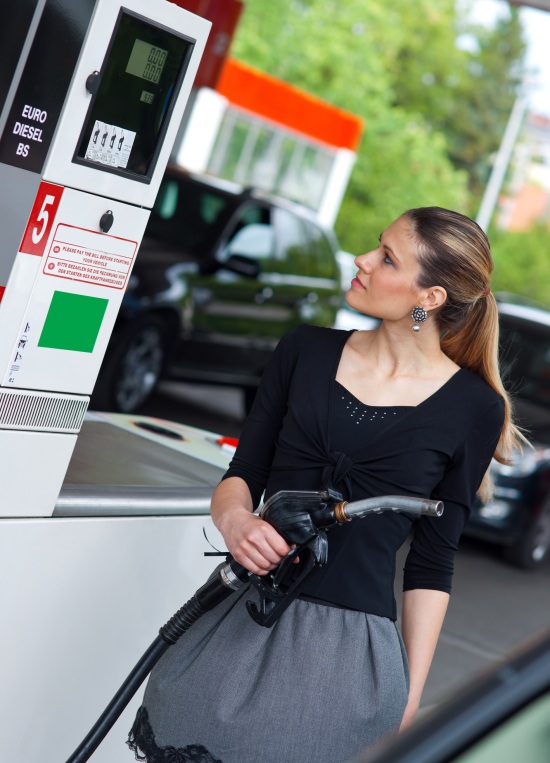For workers in rural areas, commuting into work can be tricky – due to a lack of public transport options, many have no choice but to drive to their workplace, making fuel costs something of a strain on the household budget. Furthermore, this problem can be exacerbated by price fixing in these areas, as fewer filling station options allow those in place to raise prices without fear of losing custom.

In a bid to resolve the issue, the UK has applied to the European Commission (EC) for permission to implement a five pence per litre reduction in fuel duty which would benefit those living in 10 of Britain’s most rural mainland locations. This discount scheme is already operating in the Scottish islands and the Isles of Scilly.
Danny Alexander, the Chief Secretary to the Treasury, originally lived in the Highlands and claims that “fuel prices tend to be highest in areas where a car is needed the most.”
He continues; “We’ve already delivered a tax cut for remote islands and now want to extend that to mainland rural areas that suffer from similarly high prices to the islands.
“We have put together the strongest possible evidence base to try and maximise the places that get it.
“As I’ve said before, it won’t be easy to get this agreed with the commission, but I will do everything I can to make this happen.”
While a decision regarding the outcome will not be announced by the EC until next year, Mr Alexander is hopeful that the majority of the locations put forward will be granted a place in the fuel discount scheme thanks to the strict selection criteria used. Scottish locations include Achnasheen, Dalwhinnie and Strathpeffer, while towns in Cumbria, North Yorkshire and Devon make up the listings for England.
All of these areas have been shown to have higher prices at the pumps than in areas already part of the scheme, and furthermore have a population density of less than 135 people per square kilometre. Additionally, they all lie more than 100 miles by road from the nearest refinery, making it more difficult and expensive to transport fuel to surrounding filling stations.
In practice, the fuel discount scheme is very easy to implement. Fuel retailers simply register their business with HM Revenue and Customs and thereafter are eligible to claim 5p tax relief per litre for fuel sold to members of the public.
While the scheme does not necessarily benefit businesses in the area, the knock-on effects for SMEs can be highly significant. The Scottish Highlands play host to hundreds of tourists each year, the majority of whom drive due to a lack of public transport options.
Should fuel become more reasonably priced, tourism is expected to increase further, thus increasing the profits and sales of rural leisure and retail businesses. Plus, with commuters having easier access to affordable fuel, businesses in local larger areas will benefit from a wider pool during recruitment drives.
Do you think mainland rural locations should be eligible for the fuel duty relief scheme, or should it strictly be confined to the UK’s island communities?